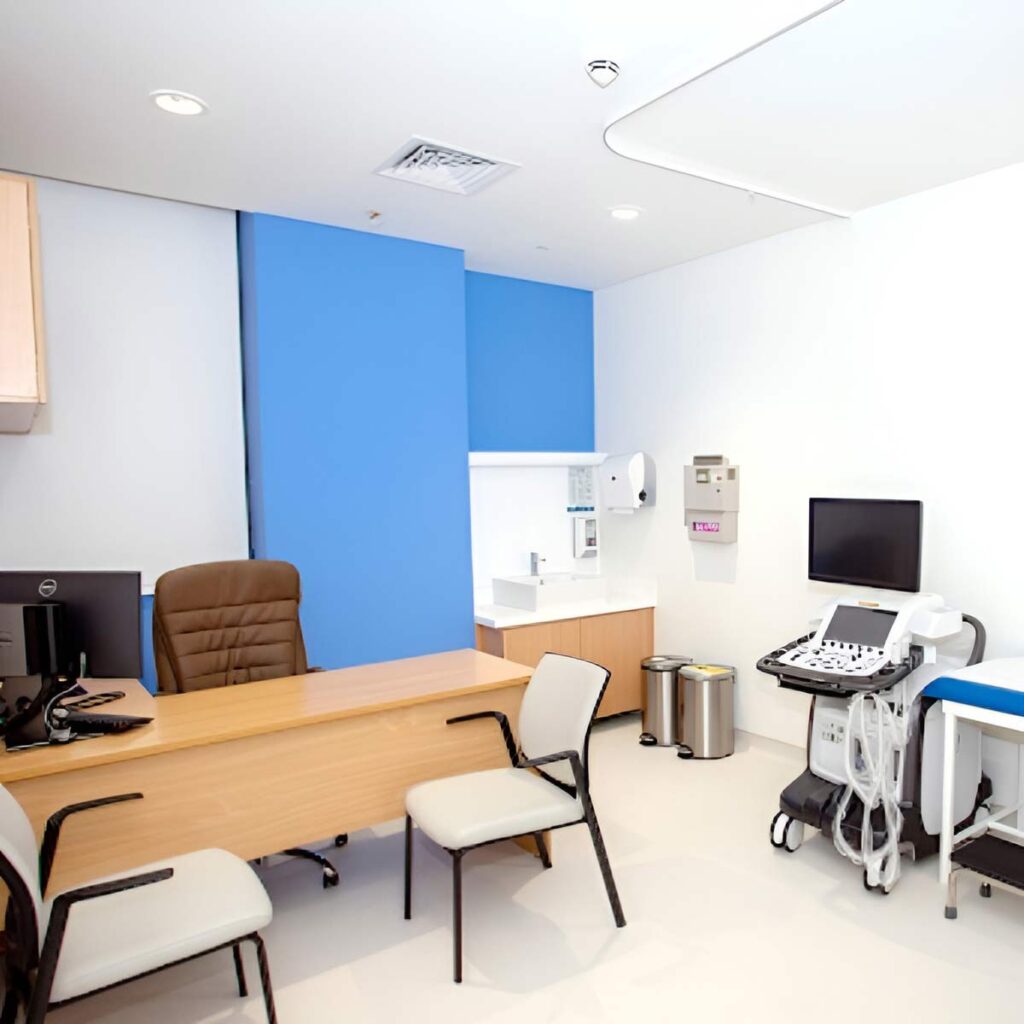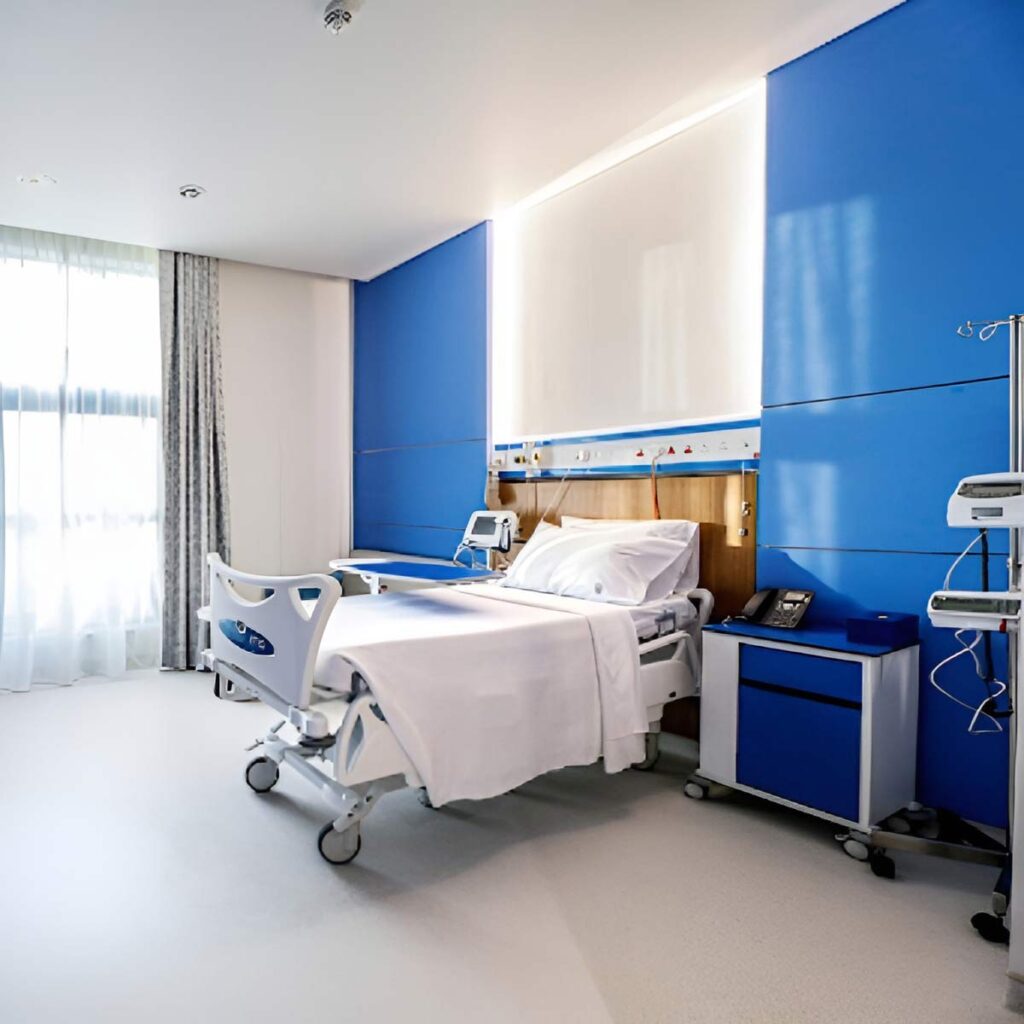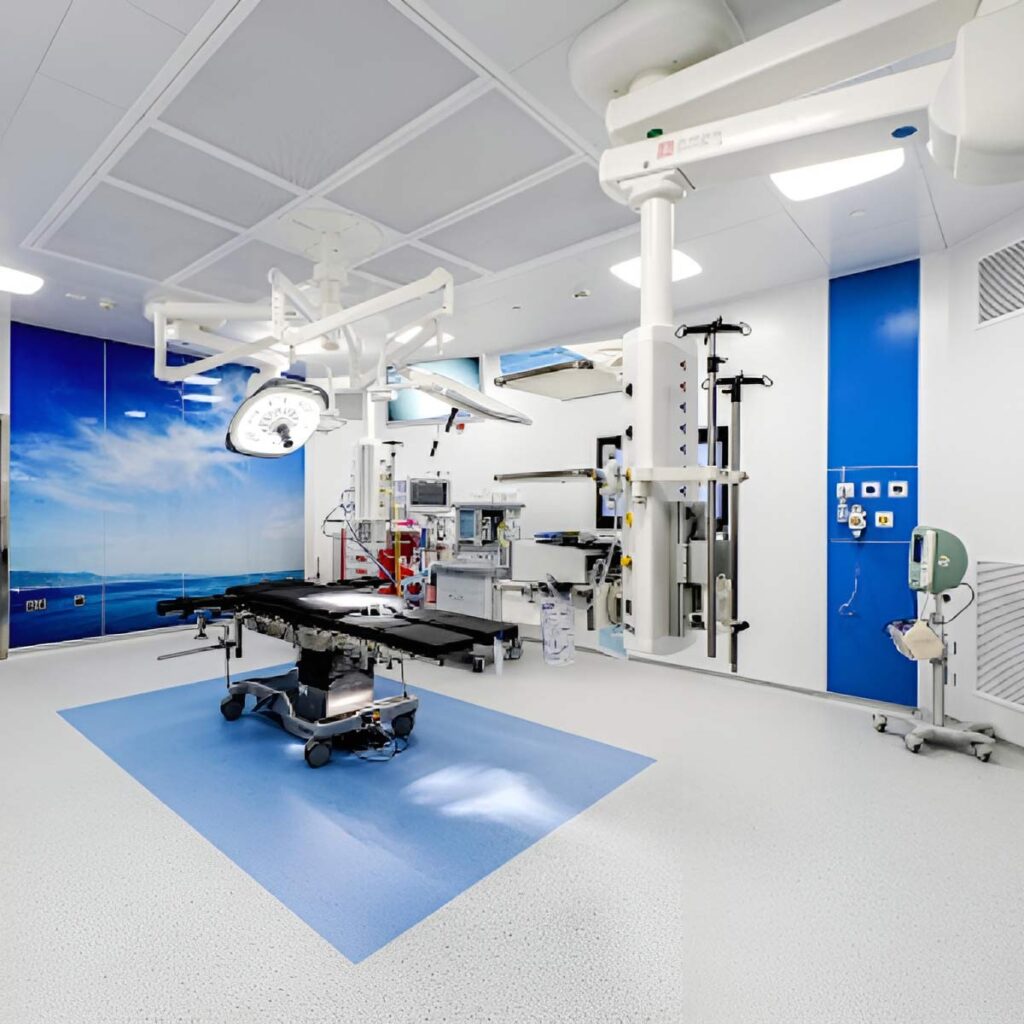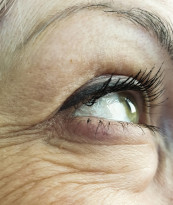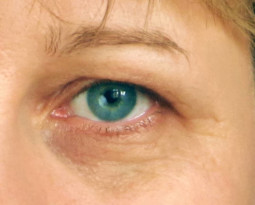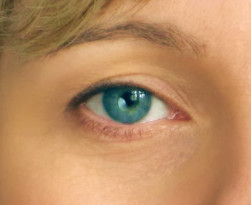Blepharoplasty In Dubai
Blepharoplasty, commonly known as eyelid surgery, is an aesthetic surgical procedure of the eyelids aiming to correct unsightly aspects, whether due to heredity or age. It can be performed on the upper or lower eyelids alone, or all four at the same time. The goal of a blepharoplasty is to correct signs of aging and remove the tired look due to the heavy eyelids by a more rested, relaxed appearance.
This technique may be carried out alone or in association with other aesthetic facial surgery (brow-lift, forehead-lift, face- and neck-lift). These procedures can be carried out during the same operation or in two stages.
Book A Free Consultation
Dr. Alexandre Dionys M.d., Ph.d.
Book A Free Consultation
The unsightly aspects most commonly found are the following:
The procedure aims to correct these problems durably by surgical removal of excess skin, fat and muscle, without affecting the normal functions of the eyelids. It should be noted that other age-related problems may be present, the treatment of which necessitates techniques more complex than standard blepharoplasty, or requires supplementary surgery. These problems include sagging of the eyebrows, forehead wrinkles, frown lines, crow’s feet at the corners of the eyes, dark rings under the eyes, ‘hollow’ eyes, ‘sad’ eyes with down-turned corners, and also skin blemishes and minor scars.
The procedure, for both men and women, is often carried out around the age of forty. It can however be done much earlier where the problem is congenital rather than age-related, for example in the case of bags under the eyes.
Before the operation
Prior to the operation a thorough examination of the eyes and eyelids is carried out in order to detect any anomalies which could complicate the procedure or indeed show that it is not recommended in the specific case. A specialized ophthalmologic examination will often be prescribed to rule out any ocular pathology. A preoperative check-up will be carried out as prescribed.
An anesthesiologist will see you in consultation at the latest 48 hours before the operation. No aspirin-based medication should be taken during the 10 days preceding the operation. For certain types of anesthesia you may be required to fast (neither eat nor drink) for six hours before the operation.
Hospital Facilities
Our state of the art facilities are designed for premium plastic surgery services, making use of advanced technologies and enabling the application of innovative techniques.
Our patients benefit from the latest advancements in aesthetic surgery procedures, which ensure minimal downtime and optimal results.
Our facilities are equipped with cutting edge technologies and provide a comforting environment, focusing on delivering not just transformative plastic surgery solutions but also a superior patient experience. The dedicated staff, from the doctors to support personnel, is committed to maintaining the highest standards of patient care, making Dr. Alexandre a top choice for high-quality plastic surgery services in a sophisticated setting.
The procedure
The operation can take between 1 and 2 hours depending on the specific requirements and complexity of the case.
After the operation
There is no actual pain, but possibly some discomfort with a sensation of tension in the eyelids, slight irritation of the eyes and perhaps some blurring of vision.
During the first few days rest is advised, with no physical strain, no lifting heavy weights for example. During the recovery period there will be edema (swelling), and bruising, to a variable degree for each individual patient. For the first few days it may be impossible to close the eyes completely, a slight detachment of the external angle of the eye may also be observed, but in both cases these signs are rapidly reversible.
The sutures will be removed between the 3rd and 6th day after surgery. Visible signs of the operation will diminish little by little, a return to normal social and professional activities will be possible after 6 to 20 days. The scars may remain as pinkish lines for the first few weeks, but can be hidden by makeup from the 7th day onward. Slight hardening of the detached zones may persist for a few months, but is not perceptible to others.
The result
The final aspect will not be visible before 2 to 3 months. This is the time lapse necessary for the tissues to regain their softness and for the scars to heal and practically disappear.
The results of this procedure are usually among the most durable found in aesthetic surgery. Once the fatty pads removed they do not in general return, so this is a permanent effect. On the other hand skin does continue to age and the excess folds of the eyelids can, over time, recur. However a second operation is rarely envisaged within twelve years.
Possible complications
Blepharoplasty, even if performed for aesthetic reasons, is a genuine surgical procedure, with the consequent risks related to all medical acts. There are surgical and aesthetic complications. Concerning anesthesia, the anesthesiologist will inform you about all the anesthetic risks. You must be aware that anesthesia can sometimes cause unpredictable body reactions that can be difficult to control. The presence of an experienced anesthesiologist, in a surgical environment, means that the risks are statistically negligible.
My Way …. “Metron Ariston”
The periorbital area is a complex and dynamic area that is dramatically influenced by aging. Blepharoplasty (Eyelid lift) thus plays a crucial role in facial rejuvenation.
Carrying out periorbital aesthetic surgery requires profound knowledge of orbital anatomy, physiology, and periorbital aesthetics, in order to obtain optimal aesthetic and functional results.
In designated cases, I use a Scar-less technique without external scars in lower lids.
This webpage aims to provide some information about the subject. Individual patient circumstances may differ, which might alter both the advice and course of therapy given to you by your doctor.
Source:
American Society of Plastic Surgeons, British Association of Plastic, Reconstructive and Aesthetic Surgeons, French Society of Plastic, Reconstructive and Aesthetic Surgery












